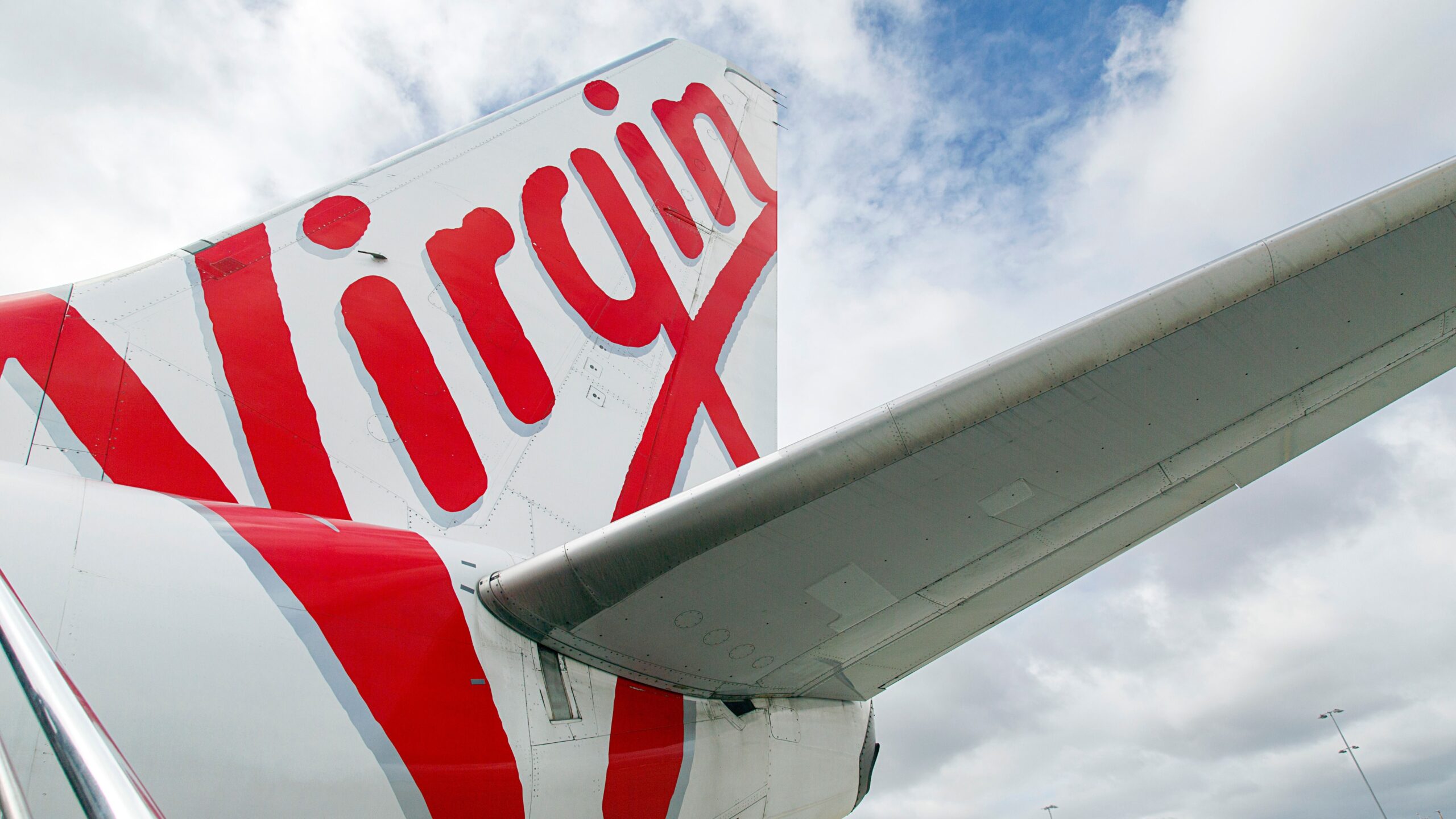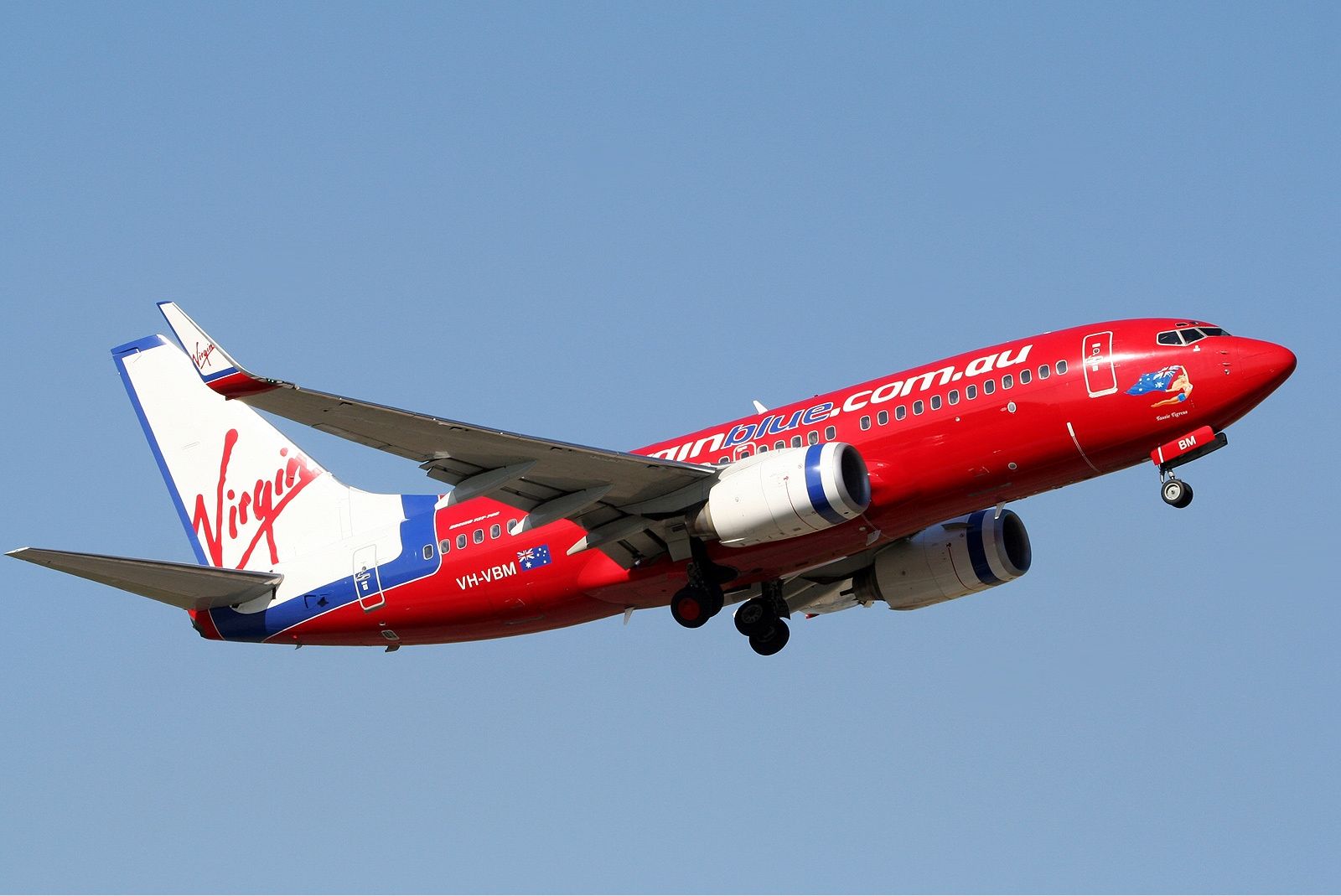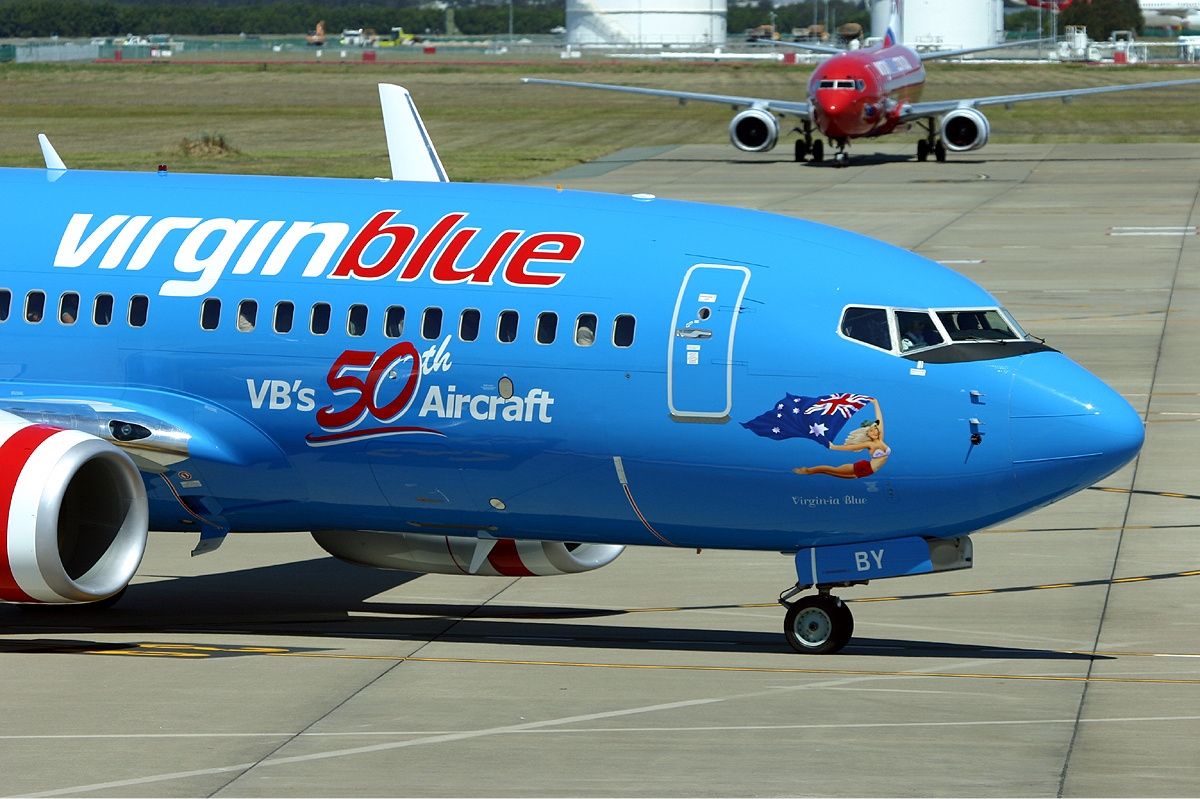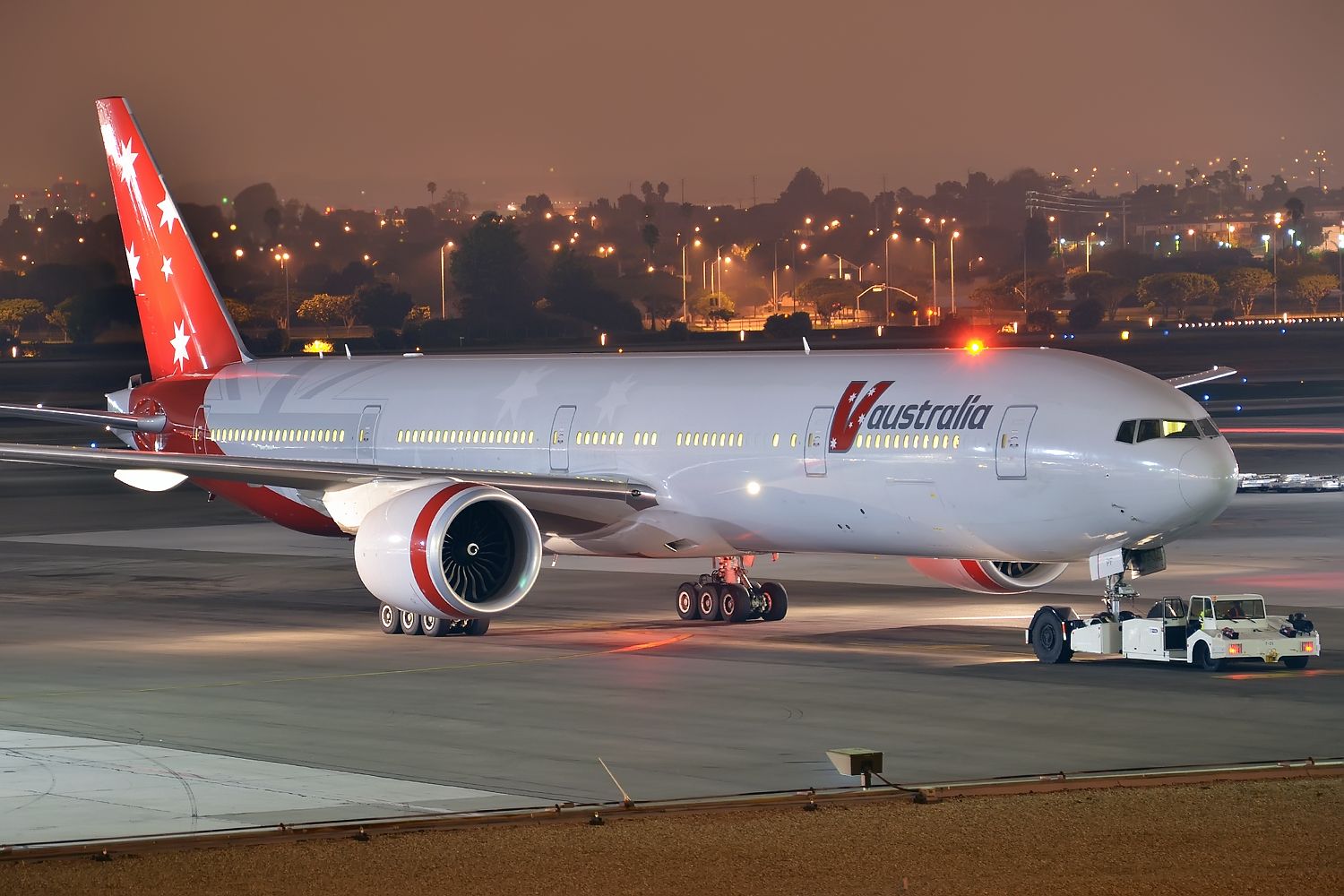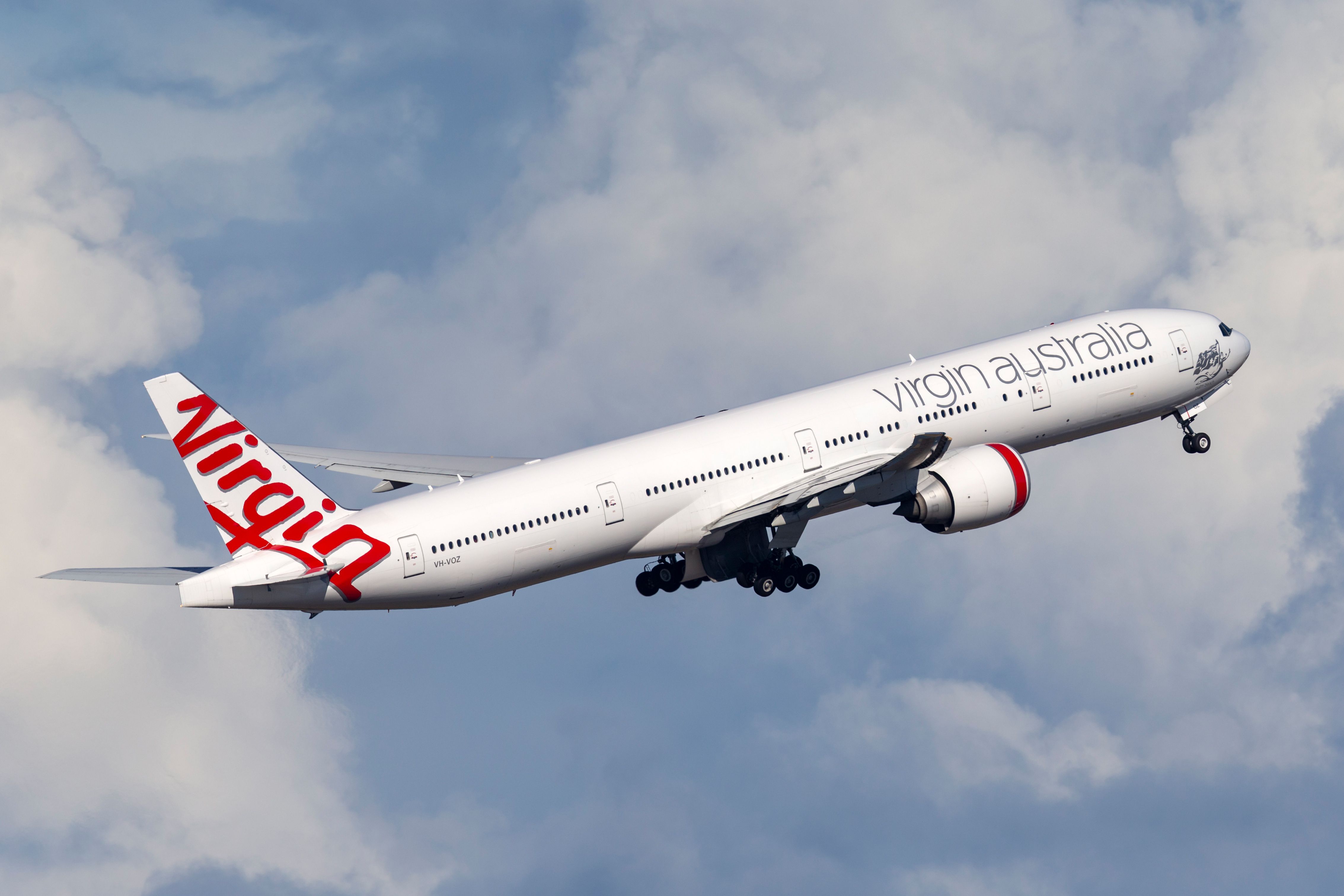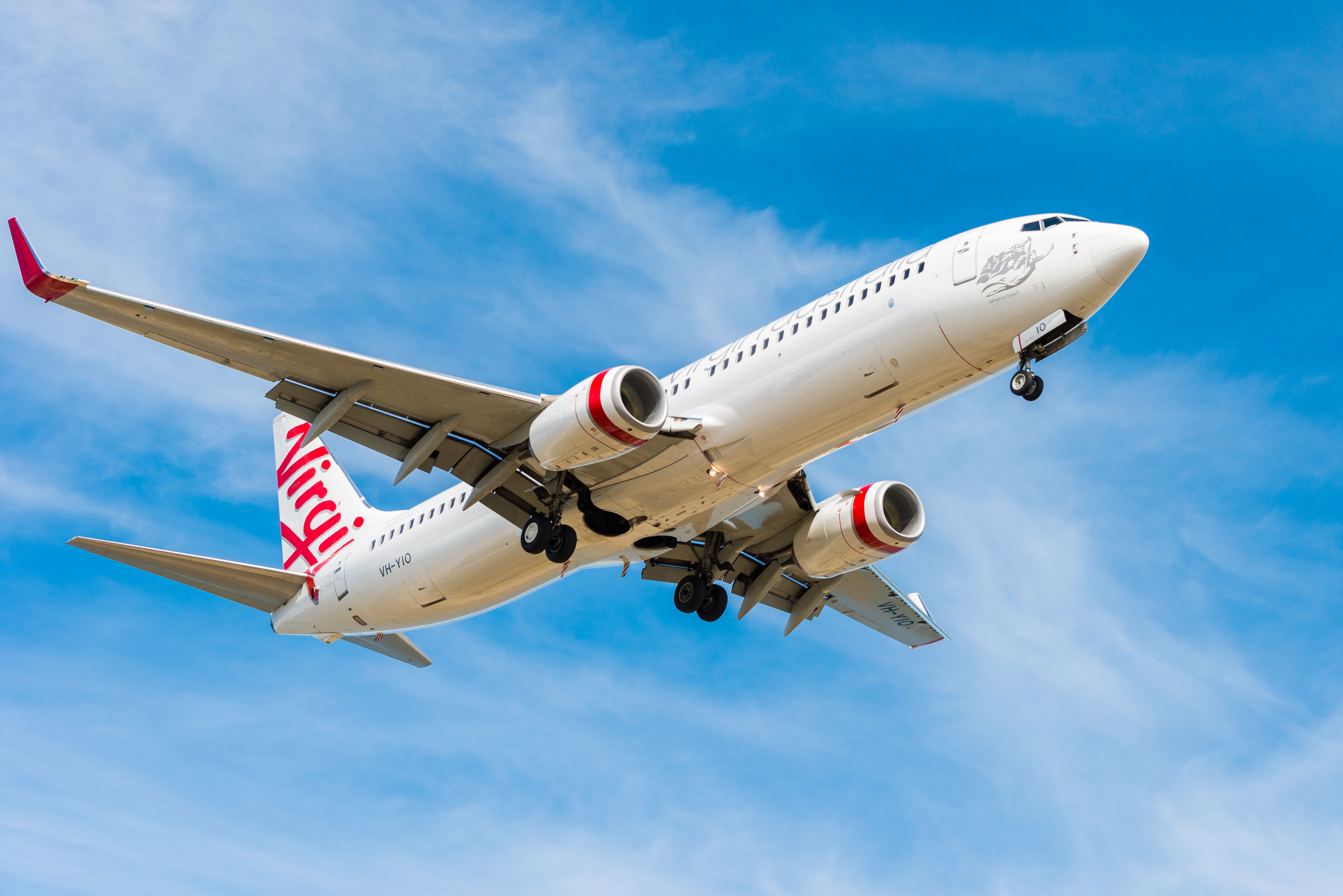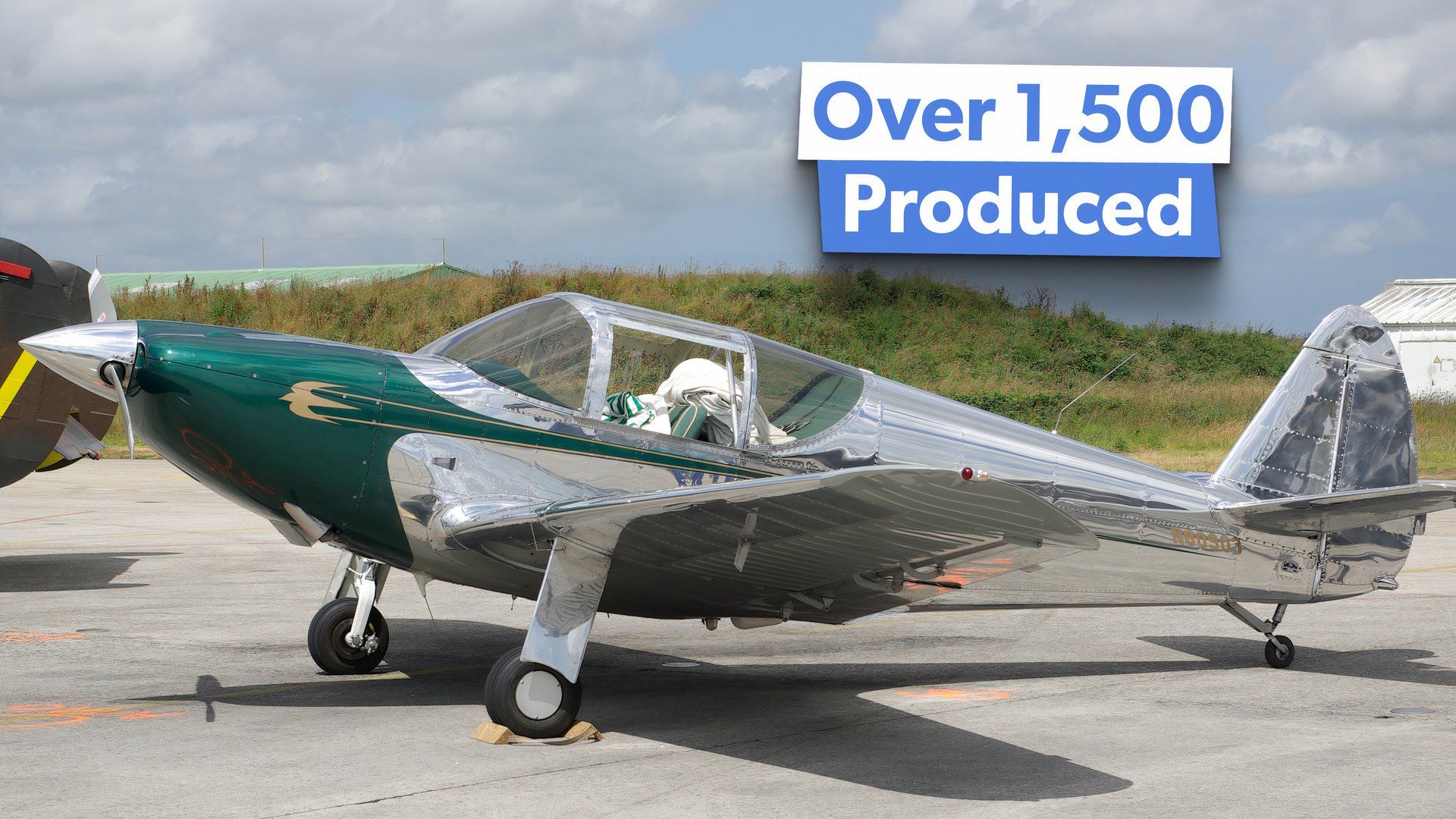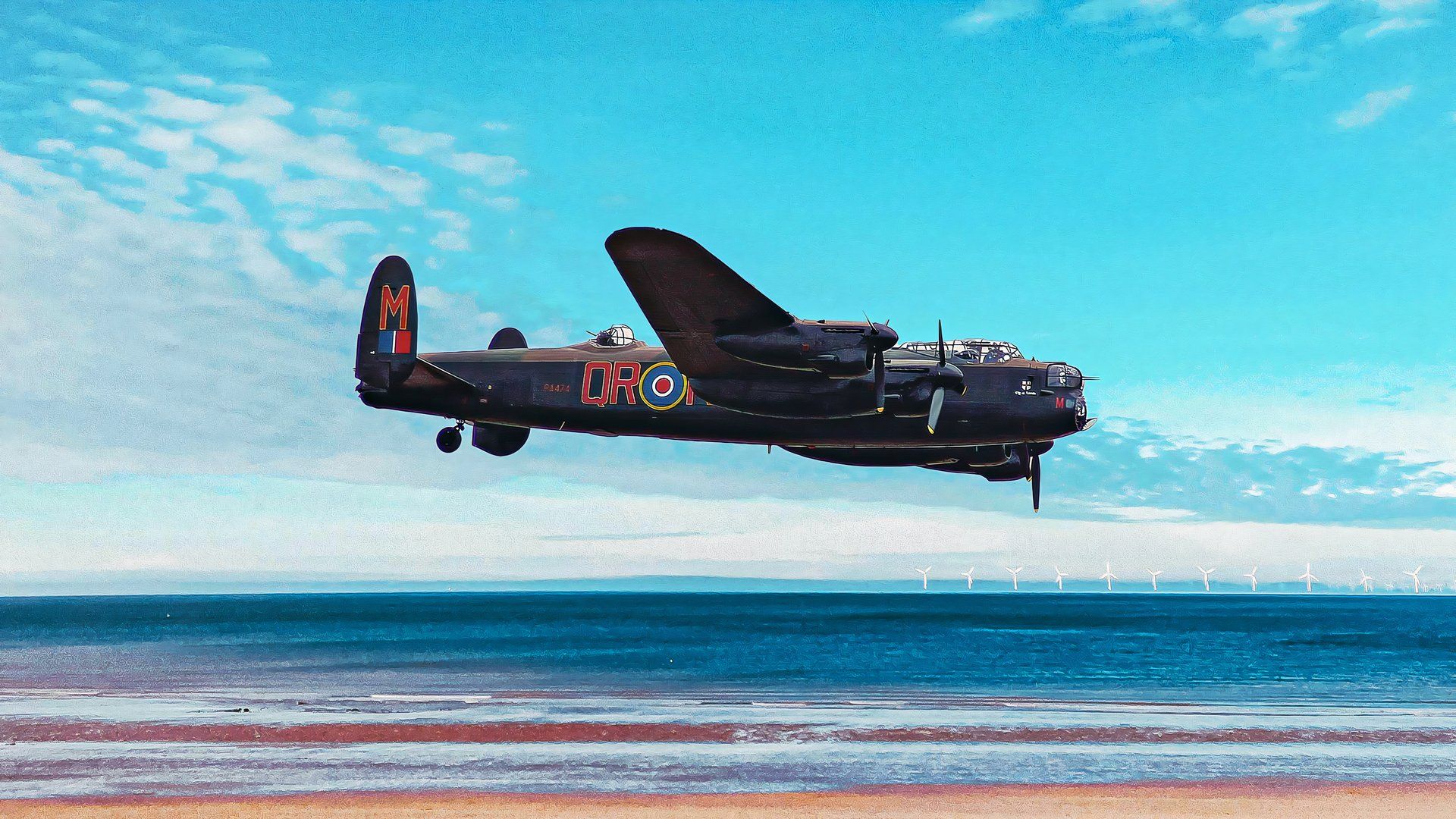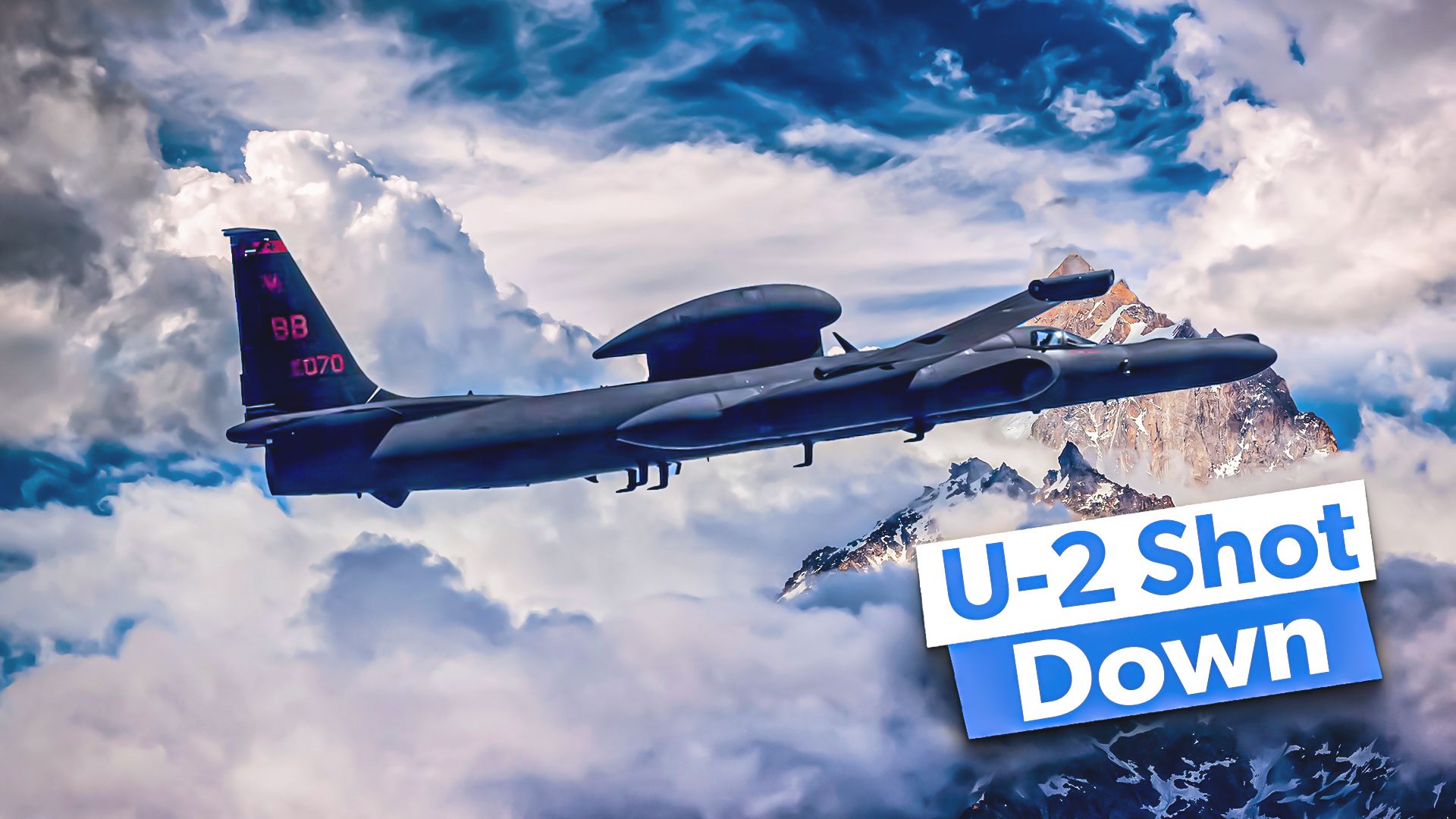Virgin Australia began life as Virgin Blue back in August 2000. Since then, the airline has experienced the highs of domestic dominance and long-haul expansion to the lows of the pandemic. What are some of the key moments in Virgin Australia’s 23-year history?
Virgin Blue – the early days
Today, Virgin Australia is a well-known brand, but the carrier actually spent the first 11 years of its life operating under a different name – Virgin Blue. The airline positioned itself as a low-cost alternative to existing Australian domestic carriers.
Virgin Blue began flying on August 31st, 2000, with a fleet of just two Boeing 737-400s. The carrier’s first flight was from Brisbane (BNE) to Sydney (SYD) – a route which it operated on a daily basis.
Ansett’s collapse fuels growth
As it happened, Virgin Blue could hardly have picked a better time to commence its operations. Just a year later, Ansett Australia’s collapse left a significant gap in the country’s domestic market, which allowed Virgin Blue to rapidly increase its footprint. This eventually saw the airline become Australia’s second-largest domestic carrier. As well as adding 14 destinations, 2001 also saw Virgin Blue carry its millionth passenger.
As the airline continued to grow, it expanded into key international markets by launching two subsidiaries – Pacific Blue and Polynesian Blue. Virgin Blue itself soon opted to phase out its aging Boeing 737-400s in favor of the newer -700 and -800 variants, and in 2005, the carrier welcomed its 50th aircraft, and also became the first Australian airline to offer online check-in.
Long-haul network expansion
In its first few years of operations, Virgin Blue had established itself strongly in Australia’s domestic and short-haul markets. However, it eventually began to look further afield, and launched a long-haul brand, known as V Australia, in February 2009. The airline went on to fly five Boeing 777-300ERs, each seating 353 passengers in a three-class configuration.
V Australia flew from its hubs of Brisbane (BNE), Melbourne (MEL), and Sydney (SYD), to a handful of long-haul destinations, including Los Angeles (LAX), Johannesburg (JNB), and Phuket (HKT). The airline took advantage of the newly signed open skies agreement between Australia and the US, and also had partnerships with several other long-haul carriers, including Etihad Airways, which led to it flying to Aub Dhabi (AUH).
A new name
2011 saw Virgin Blue undergo a significant rebranding campaign. In May of that year, it announced that its new name would be Virgin Australia, the identity under which it operates today. V Australia and Pacific Blue were also consolidated into the newly rebranded airline.
Photo: Ryan Fletcher | Shutterstock
At the same time, Virgin Australia made some changes to its fleet, deploying ATR 72s on regional routes. These supplemented and ultimately replaced the Embraer E170s and E190s that had previously served such corridors, with the turboprop’s economics allowing the airline to better compete with the likes of QantasLink.
The airline also refreshed its widebody fleet, with the Airbus A330 becoming its flagship aircraft. These twin-aisle jets provided additional capacity on higher-demand routes, as well as a dedicated domestic business class cabin.
A difficult few years
Virgin Australia was severely impacted by the challenges of the pandemic and the region’s strict travel restrictions, and has had to significantly restructure in order to survive. At the start of the pandemic, Virgin Australia grounded such a large proportion of its fleet that it returned to being a solely domestic airline. However, domestic routes were also soon cut, and April 2020 saw Melbourne-Sydney become its only operational corridor.
Photo: Peterfz30 | Shutterstock
After entering voluntary administration in April 2020, ‘Virgin Australia 2.0’ emerged after US investors Bain Capital purchased (and significantly restructured) the carrier. Among the changes were the retirement of all remaining ATR 72s, Airbus A330s, and Boeing 777s.
Virgin Australia today
The removal of all widebody aircraft left Virgin Australia with a consolidated fleet consisting entirely of narrowbody twinjets. Data from ch-aviation shows that today, the carrier operates a total of 69 Boeing 737s – nine 737-700s, 60 737-800s, and two 737 MAX 8s. The airline also has an outstanding order for a further 11 737 MAX 8s and 22 737 MAX 10s.
The restructure seems to be working – Virgin Australia has been able to take advantage of a rapid rebound in demand for leisure travel, and recently posted its first profit in 11 years. 2023 also saw a return to long-haul operations for the airline, when it deployed its 737 MAX 8s on the new Cairns (CNS) to Tokyo Haneda (HND) route.
Have you flown with Virgin Australia? What memories do you have of the airline? Let us know by commenting below.
Source: ch-aviation
